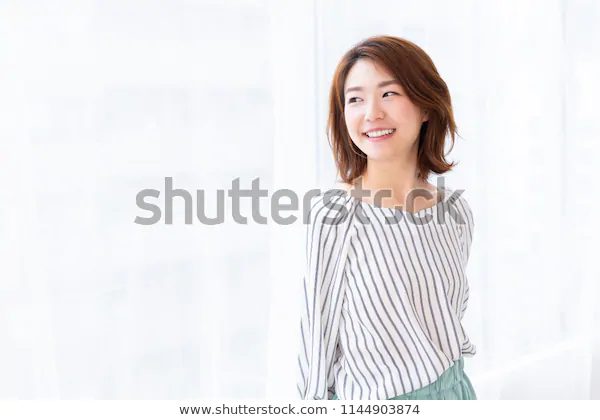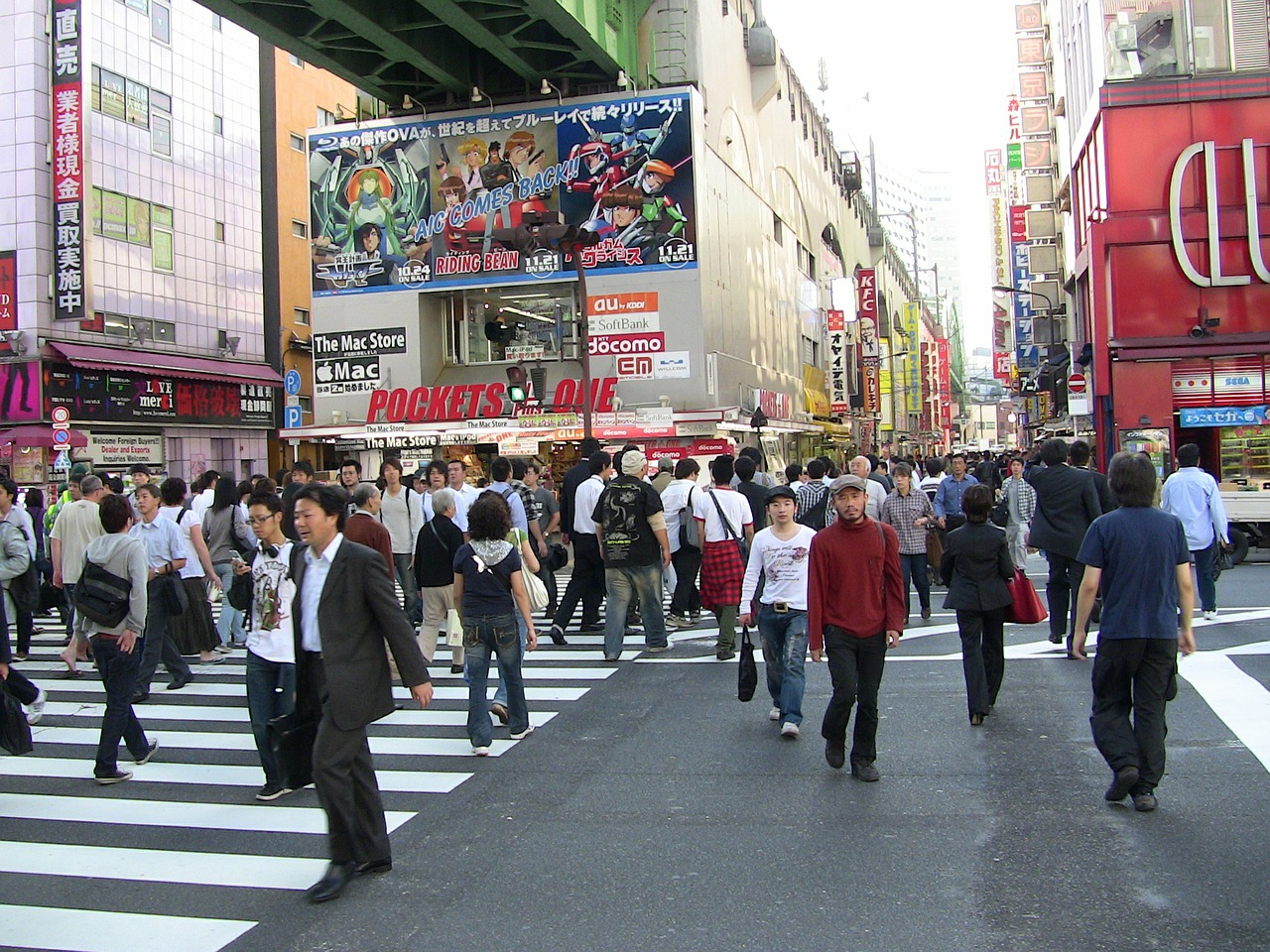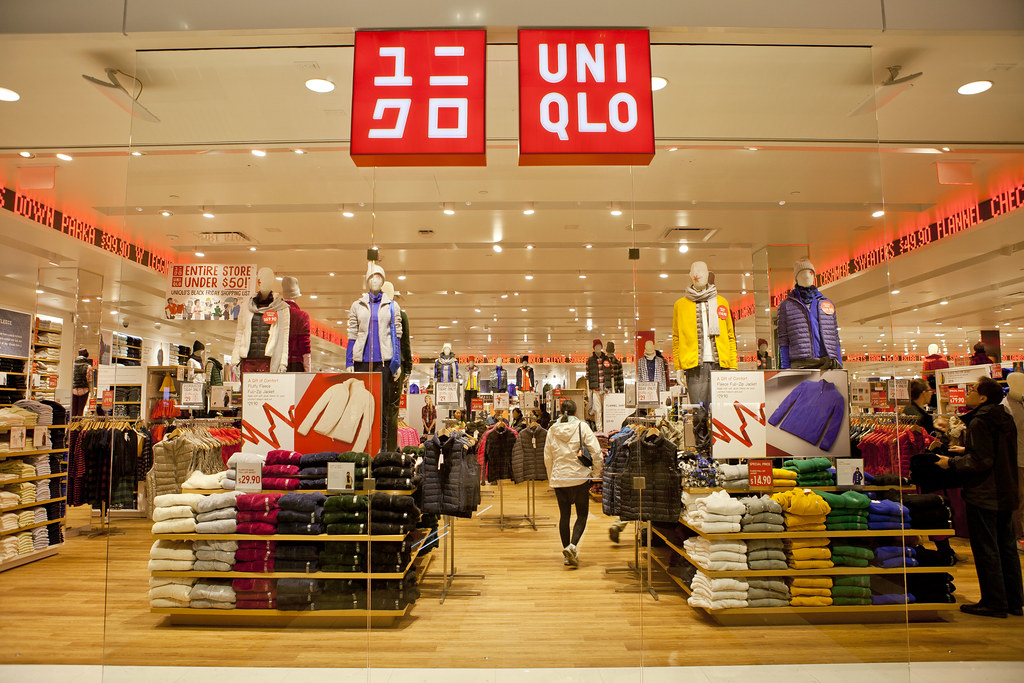Katelyn Lien
AP Japanese 🇯🇵
28 resourcesSee Units
The values of simplicity and quiet beauty in nature are reflected in beauty standards among Japanese people. When compared to beauty standards in communities like the US, some ideals are quite different and may be surprising!
Aesthetics
In Japan, shiroi hada (白い肌) or pale/light skin is regarded as very beautiful. Skin that is smooth with no blemishes is considered the prettiest. In the summer, it is common to see people wearing garments covering their whole arms or using umbrellas to shield their bodies from the scorching sun to avoid getting darker skin.
In contrast, people in the US seem to have the opposite standard. In the summer, people go out in the sun as much as possible to tan or even go to tanning beds to make their skin appear darker.
👃 A facial feature that many people seek is a high-bridged nose. Perhaps it is because high-bridged noses are not as common or because Western idols often have this defining facial feature.
鼻が高い人 is used to refer to a person who has a high-bridged nose.
Beauty is not just about one's appearance. A person's beauty also comes from their personality, how they treat others, and other aspects that may not be obvious at first glance. In Japanese culture, a polite and elegant woman is considered beautiful. Unlike in some Western cultures, Japanese people value more quiet and respectful people. People who are loud or talk too much, urusai hito (うるさい人), can be considered rude or inconsiderate of others.
In both Japanese and Western communities, people may have to go to extreme measures to conform to their own society's beauty standards. In all countries of the world, we must continue working on accepting everyone for who they are and not pressure them into feeling as if they need to fit a particular mold.
👘 Fashion
In Japan, being well-dressed in public is important. Wearing proper clothing, yōfuku (洋服), and having a tidy appearance shows one's professionalism and ability to take proper care of themselves.
In contrast to some countries like the US, where people may leave their house in casual clothing like sweatpants or a sweatshirt, Japanese people rarely leave their house without changing into nicer clothes. Again, their main priority is to convey their politeness and a respectful tone through their appearance.
A typical outfit for a Japanese woman may include:
- nice shirt or blouse (ブラウス)
- long skirt (スカート) or pants (スボン)
- arm coverings (腕のカバー) in the summer
A woman's outfit for her job and for weekends may be similar.

Image Courtesy of shutterstock
A typical outfit for a Japanese man may include:
- suit (スーツ) when working
- comfortable shirt (シャツ)
- ズボン
👖 Japanese clothing is also often more conservative compared to other countries. Most women wear a long skirt or pants, called zubon (ズボン), even in the summer, and on the rare occasion that they do wear shorts, it will most likely not go above their knees.
🚲 While it is important for the clothes to look nice, they also must be comfortable. Many people walk or ride bikes to get to one place to another, rather than driving since Japan is a small country. Therefore, they must wear clothes that will allow for light physical activity.

Image Courtesy of needpix
A popular Japanese fashion brand is Uniqlo or ユニクロ. It was founded by Tadashi Yanai and has expanded across many international countries, or 外国. In the US, there are over 50 Uniqlo stores as of May 2020, and the brand has become more well-known recently due to its cheap prices and wide range of clothing items.
この洋服は安い! is something a person would say if they see a piece of clothing that is cheap.

Image Courtesy of Flickr
🔑 Key Words and Ideas
- A few features that are considered beautiful:
- pale/light skin
- high-bridged nose
- polite and more reserved personality
- Shiroi hada (白い肌): pale/light skin
- Hana ga takai hito (鼻が高い人): person with high-bridged nose
- Urusai hito (うるさい人): loud person
- Dressing nicely in public is important because it conveys professionalism and politeness
- Yōfuku (洋服): clothing
- Japanese clothing is more conservative than clothing from some Western countries
- ブラウス: blouse
- スカート: skirt
- ズボン: pants
- 腕のカバー: arm coverings
- スーツ: suit
- シャツ: shirt
- Uniqlo (ユニクロ): international Japanese clothing brand
- Gaikoku (外国): international country, foreign
💥 Strive for a Five Vocabulary
- Tsurutsuru (ツルツル): smooth
- Bijin (美人): beautiful person
- Kabusu (かぶす): to cover
- Kasa (傘): umbrella
- Taiyō (太陽): sun
- Kijun (基準): standard
- Nagasode (長そで): long sleeve
- Natsu (夏): summer
- Yōfuku no omise (洋服のお店): clothing store
Browse Study Guides By Unit
👨👩👧Unit 1 – Families in Japan
🗣Unit 2 – Language & Culture in Japan
🎨Unit 3 – Beauty & Art in Japan
🔬Unit 4 – Science & Technology in Japan
🏠Unit 5 – Quality of Life in Japan
💸Unit 6 – Challenges in Japan
✍️Exam Skills - FRQ/MCQ

Fiveable
Resources
© 2023 Fiveable Inc. All rights reserved.